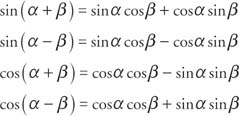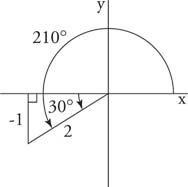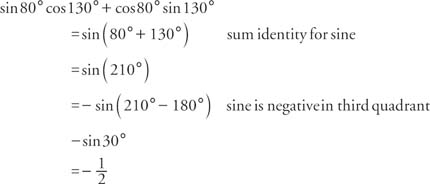Solution:
The given two fractionsStep1: The given two fractions
=
Step2: Now we need to find the sum of
=
step3:The sum of 362 and 422 is 784
=


 Hi,
Hi,





| 1 | 12.38 | -0.8625 | 3/4 | √2 | 1998 |
| Whole Numbers (like 1,2,3,4, etc) | |
| Rational Numbers (like 3/4, 0.125, 0.333..., 1.1, etc ) | |
| Irrational Numbers (like π, √3, etc ) |
| √-1 (the square root of minus 1) is not a Real Number, it is an Imaginary Number | |
| Infinity is not a Real Number | |
| And there are also some special numbers that mathematicians play with that are not Real Numbers I hope the above explanation was useful, now let me explain about Similar polygons. | |



 How to divide:Division is one basic concept that we cannot ignore,let us learn the key steps involved to solve division.The instructions on how to divide with the example 8765 / 12
How to divide:Division is one basic concept that we cannot ignore,let us learn the key steps involved to solve division.The instructions on how to divide with the example 8765 / 12
 Notice that common multiples may go on indefinitely.
Notice that common multiples may go on indefinitely.| |
 |
| |
 |
| |
 |


 where is the conjugate complex of Z.
where is the conjugate complex of Z.
1) Vectors Addition:
Vectors can be the added.
Let A and B be two vectors. We can define a new vector, C = A+B, the “vector addition” of and, by a geometric construction.
2) Scalar Multiplication of Vectors analysis:
Vectors can be the multiplied by real numbers.
Let be a vectors. Let c be real positive number. Then the multiplication of by c is new vector which we denote by the symbol cA. The magnitude of is cA times the magnitude of A.
CA=AC

Let us learn what is meant by polynomials,
let's say what a polynomial is: in words, it is a function that is built by simply adding together some power functions. For example,
![\[ f(x) = -2x^4 -x^2 + 3x + 1. \]](mathgifs/polynomials_1.gif)
More generally, a polynomial can be written as
![\[ f(x) = a_nx^n + a_{n-1} x^{n-1} + \ldots + a_1 x + a_0. \]](mathgifs/polynomials_2.gif)
The highest power that occurs in the polynomial, in this case n, is called the degree of the polynomial. Degree 2 polynomials are usually called quadratic polynomials and should be quite familiar; for instance, their graphs are parabolas. The numbers ai in front of the powers are called coefficients.
Hope the above explanation helped you.